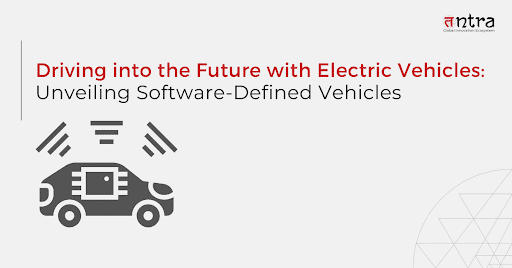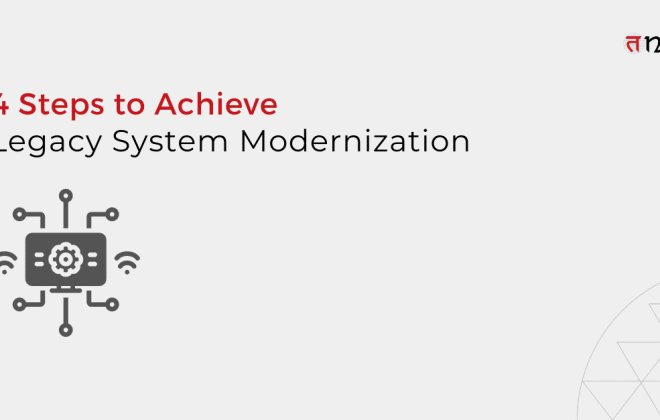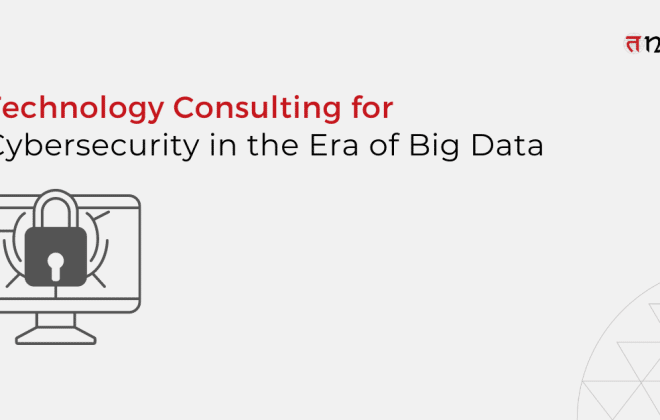
Driving into the Future with Electric Vehicles: Unveiling Software-Defined Vehicles
Software-Defined Vehicles (SDVs), driven mostly by software platforms, are reshaping the automotive industry. SDVs promise improved consumer comfort, effective Electronic Control Unit (ECU) connectivity, better life-cycle management, revenue generation, and deeper customer interactions as the industry evolves into a software-focused domain. Because of their combined effect, SDVs will be a major factor in determining the future direction of safe, connected, and sustainable transportation.
The concept of software defined vehicles (SDVs) gained considerable prominence following Tesla’s introduction in 2012. Tesla has fully embraced SDVs, integrating software control across diverse vehicle functions, from managing the battery to controlling windows.
Once software defines a vehicle’s functionalities, updates can seamlessly enhance performance without necessitating additional hardware. This is achieved by wirelessly transmitting new software directly to the car, allowing Tesla to improve elements such as suspension dynamics, braking capabilities, and even the audio system through software updates.
Tesla’s Electric vehicles (EVs) unique capability extends beyond mere feature additions via over-the-air software updates, incorporating changes that can dynamically alter the vehicle’s performance and battery management. For instance, the company can introduce updates for new functionalities like video games or pothole detection.
However, it’s worth noting that Tesla doesn’t simultaneously push software updates to all its vehicles, nor has it launched an in-car app store as of the latest information. Despite these nuanced aspects, Tesla’s innovative approach to SDVs remains groundbreaking, challenging the conventional automotive landscape and highlighting the potential trajectory toward a more connected and software-driven future.
Source: Techcrunch and Jumpstart
Passenger Cars Paving the Way for SDV Technology
As per the analysis by MarketsandMarkets, the software-defined vehicle market is anticipated to witness substantial growth, projected to increase from USD 270.9 billion in 2023 to USD 419.7 billion by 2028. This represents a compound annual growth rate (CAGR) of 9.1% during the forecast period.
The driving factors behind this growth include implementing rigorous vehicle safety regulations and ongoing advancements in connected vehicle technologies. Despite these opportunities, industry players may face challenges due to the high initial investments and research costs associated with connected vehicle development.
The software-defined vehicle market was valued at USD 35.8 billion in 2022 and is expected to grow at a compound annual growth rate (CAGR) of 22.1% between 2023 and 2032. The industry’s expansion is driven by a greater focus on sustainability and safety, offering cutting-edge technologies like autonomous driving, real-time monitoring, and predictive analytics.
The software-defined vehicle market is divided into two segments based on the kind of vehicle: passenger automobiles and commercial vehicles. The passenger automobile segment commanded an impressive market share of over 80% in 2022. The explosive rise in the passenger car market is that automakers are setting the standard for Software-Defined Vehicles (SDV) technology, which removes the need for hardware adjustments.
Role of Software Platforms in SDV’s
Software redefines and improves many vehicle performance and functionality aspects in Software-Defined Vehicles (SDVs). Among the primary functions of the software in SDVs are:
- Functionality Enhancement
SDVs can be continuously enhanced and expanded with new features thanks to software. Because of its adaptability, the user experience and general functioning can be improved through updates and customization.
- Over-the-Air (OTA) Updates
SDVs use software to deliver Over-the-Air updates, enabling easy and remote installation of fixes, enhancements, and new features. This guarantees that the software in the car is always up to date and does away with the need for physical adjustments.
- Autonomous Driving Capabilities
The development and application of autonomous driving capabilities in SDVs are largely dependent on the software. Machine learning systems and sophisticated algorithms are essential to achieve efficient and safe self-driving capabilities.
- Safety and Security Measures
Implementing cybersecurity and safety features depends heavily on software. Creating systems that protect the car from cyberattacks and guarantee its occupants’ saflatety is essential.
- Enhanced Connectivity
The software supports connectivity within self-driving cars (SDVs) by enabling communication between vehicle parts, external networks, and sensors. This link makes possible features like vehicle-to-everything (V2X) communication, enhancing traffic control and safety.
Revolutionizing Mobility with Software-Defined Vehicles (SDVs)
Any car, truck, or SUV that can have its capabilities enhanced over time—mainly by software updates instead of physical component replacements—is called a software-defined vehicle. This term describes how cars are changing—they are becoming more and more software-focused electronic vehicles rather than primarily hardware-based products. It represents a paradigm change in which software developments are primarily aimed at improved performance and increased efficiency.
Benefits of Software Defined Vehicles (SDVs):
1. Enhanced Convenience for Customers
The software-defined vehicle provides the convenience of Over-the-Air (OTA) updates, enabling customers to seamlessly receive software upgrades without
the necessity of visiting a dealership. This simplifies the implementation of security patches, improvements in infotainment features, and modifications to essential functionalities like powertrain and vehicle dynamics. The integration of Over-the-Air (OTA) updates enhances the efficiency of the update process, ensuring a smoother experience for users.
2. Efficient Electronic Control Unit (ECU) Communication
Electronic Control Units (ECUs) facilitate efficient communication between actuators, sensors, and the vehicle’s systems. Thanks to this broad data sharing, manufacturers can closely monitor and fine-tune different vehicle performance areas. Ensuring a smooth information flow using electronic control units (ECUs) adds to a comprehensive comprehension of how the vehicle operates.
3. Optimized Life-Cycle Management
The software-defined methodology facilitates enhanced life-cycle management of vehicles, enabling manufacturers to address issues, implement updates, and oversee the vehicle’s software remotely throughout its lifespan. This emphasis on continuous improvement contributes significantly to the vehicle’s longevity and overall performance. The software-defined approach ensures an ongoing refinement process, allowing manufacturers to consistently enhance and optimize the vehicle’s capabilities.
4. Revenue Generation through Feature Development
Manufacturers can leverage the software-defined vehicle model to develop and introduce revenue-generating features in connected cars. By tapping into the potential of Electronic Control Units and software capabilities, they can unveil innovative functionalities and services to customers, thereby creating additional value and establishing new revenue streams within the connected cars ecosystem.
5. Establishment of Deeper Customer Relationships:
Customer relationships are strengthened by the vehicle’s software, which can be updated and customized regularly. Manufacturers can foster a sense of loyalty and satisfaction among users by providing frequent updates and enhancements that facilitate continuous consumer dialogue.
Conclusion
Software-defined vehicles (SDVs) are transforming the automobile industry with the help of top-of-the-line automotive software development.
As mobility evolves into a software-focused landscape, the benefits, including enhanced customer convenience, efficient ECU communication, optimized life-cycle management, revenue generation, and deeper customer relationships, showcase SDVs as a driving force shaping the future of sustainable, connected, and safe transportation.
Embrace SDVs for a Future of Smart, Sustainable Driving Excellence with Tntra’s software product engineering expertise!
Contact us now to discuss your Ideas!



